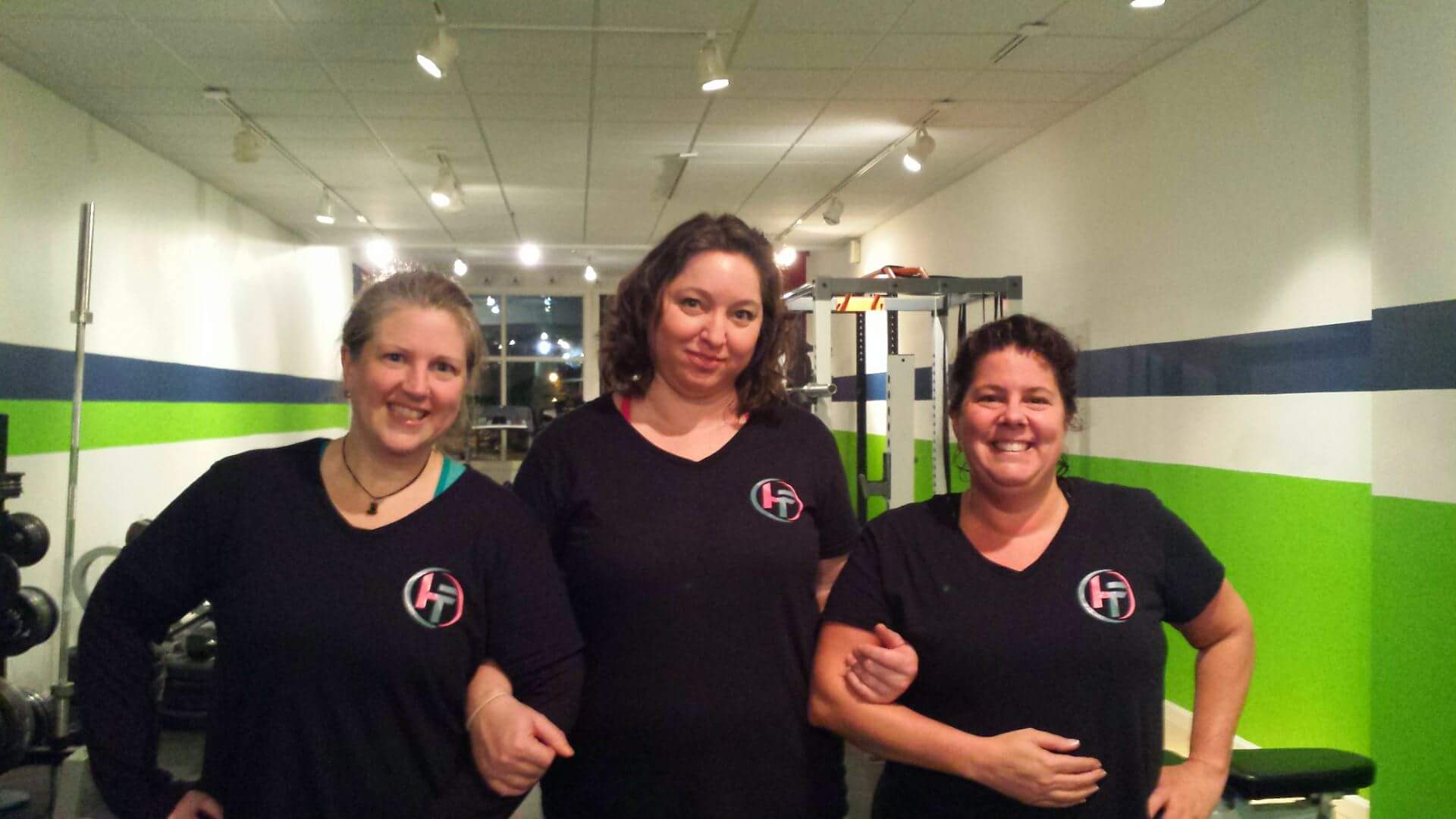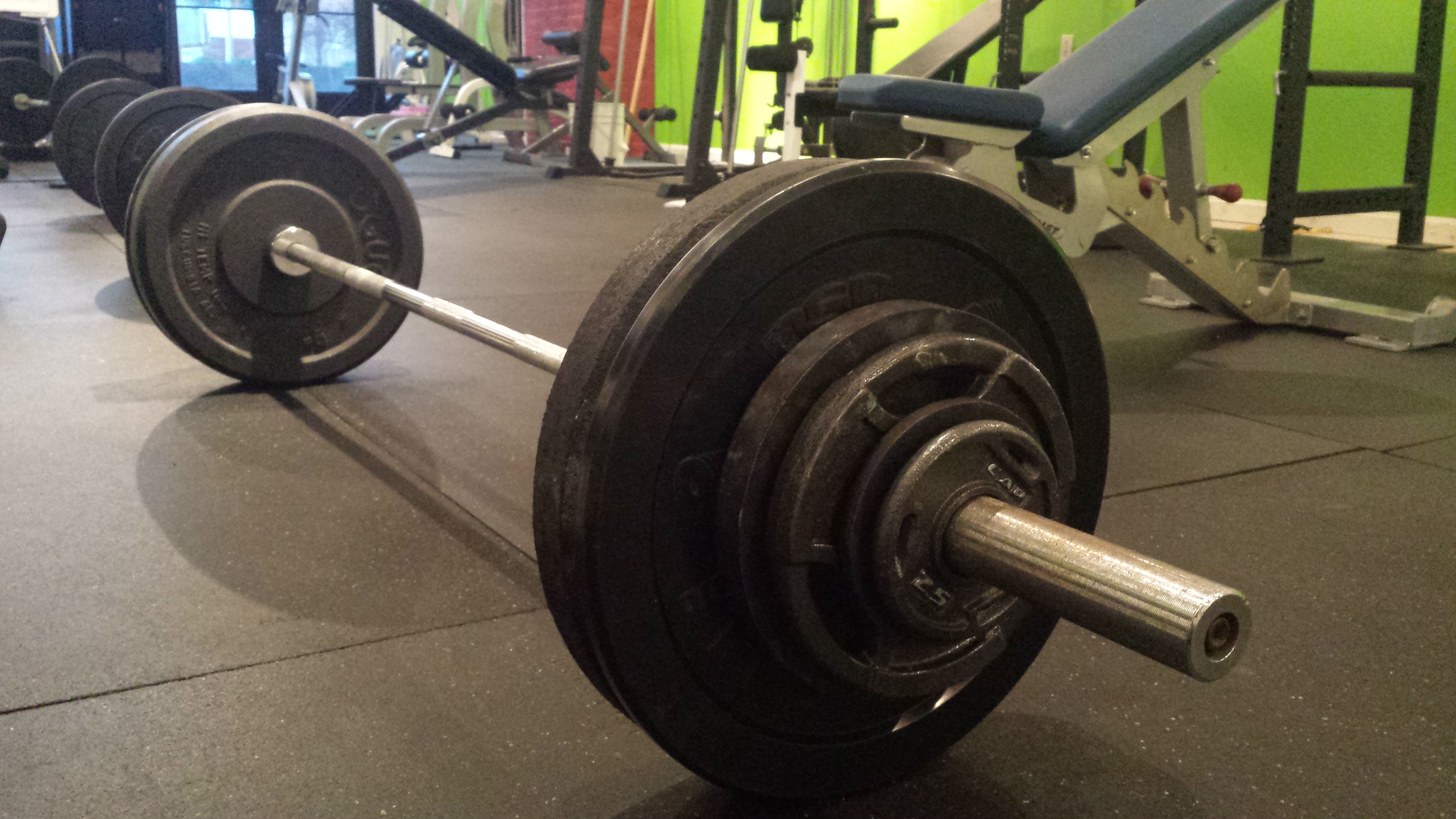Pop Quiz! When does your kettlebell swing begin? Answer to follow…
Summer fun is coming to a close and a new batch of delightful memories are tucked away. Echoes of lakeside laughter and the patta-a-pat of little feet marching down the dock ramp are fading with the setting sun. I enjoy one last long gaze across the lake, feeling content with another year of honest fun for the family. Moments on this dock are the building blocks of ours and our children’s childhood, the dock itself a solid foundation. Three months out of the year I regard this dock with fondness, appreciation, and a touch of nostalgia. But there are two days when I stare it down like a confronted beast in the wild: Opening day and closing day. In true DIY fashion, we put in and take out our dock each year, like many Mainers do. It is a quick annual ritual with little pomp and circumstance, and usually without issue, save for a few moments when someone moves too fast or not fast enough on one side. This weekend I took care of the haul out with my 82-year-old dad. I’d guess the 20-foot long ramp is over 500#s and the float must be close to 800 or 900#s on its own. My dad and I work well together, swiftly, safely, and always with a joke or two to lighten the mood.
The first part of the job was to take out the fleet attached to the dock. The motorboat got tucked away in its winter home, and the kayaks were brought on shore. Next was the big lift and haul of the ramp. We brought it up on shore in what seemed like a snail’s procession, inch by inch. When it was time for the float, I suggested we wait for help, a few “strong backs,” but Dad was ready for the project to be done- so we continued. The logistics of getting this massive float out of the water and away from shore with our DIY manual tactics are sometimes riddled with comedy (yes, people have ended up backside in the water with a splash), and always flirt on the edge of disaster (we all know the risks involved moving something big and heavy). Almost at its final destination, progress came to a halt as the float hitched itself on a large rock. It needed a clear lift on one end. Without much thought, I squared up to the float. With a slight bend in my knees, my back flat, hinging at the hips, I grabbed hold of the edge and, squeezing my glutes, lifted. Dad gave the beast a good nudge, and we cleared the rock and finished the job.
The achievement of this job was all about body mechanics. Bringing my deadlift form to the task was notably a success. Having suffered back injuries in the past, I am astutely aware of the importance of good form and mechanics. All it takes is an over-reach, twist, or pull and we can be laid up for days. All of us are learning proper form and paying close attention to how we move through our exercises and hopefully bringing this same awareness to our everyday lives. Proper technique, from start to finish, is essential to staying injury free. So when do our movements start?
Pop Quiz Answer! Our kettlebell exercises do not start on the first swing. They actually start when you walk over to the cluster and choose your weight. Too often we see people grabbing a bell sideways, or with a rounded back. This is an invitation to injury. Treat the initial pick up as though it were a deadlift- stand near the bell, slight bend in the knees, hinge at the hips, back flat, inhale and press through your heels. The same rule applies when selecting your dumb bells for box squats, presses, weighted lunges, or re-racking your plates after bigger lifts. Keep good form even during your prep and you minimize the risk of injury. Bring this good habit to your everyday life and you save yourself a lot of backache in the yard, on the lake, or even with a bag of groceries. There’s still a few weeks left for hammock time, and as long as I am getting in and out of that safely, these should be good.




